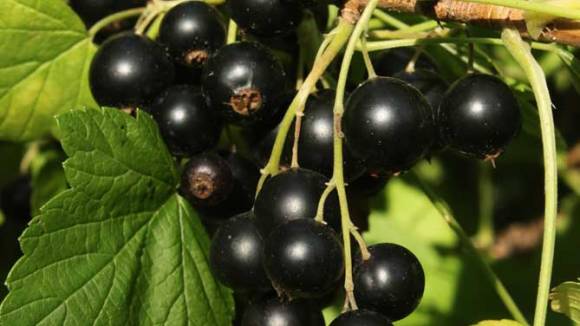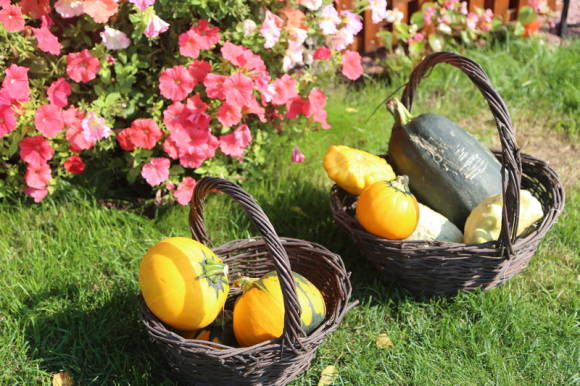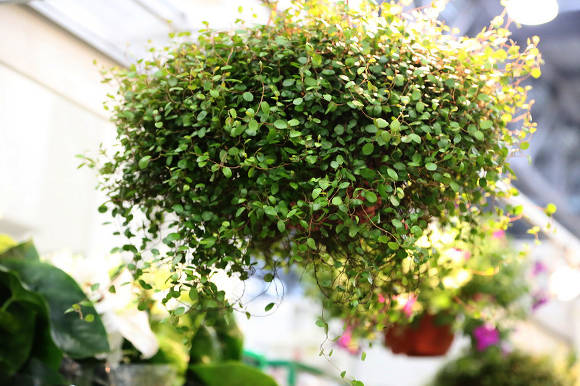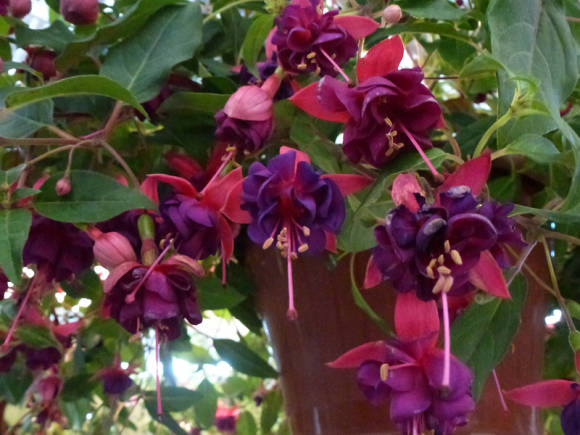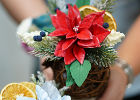
Olive trees (cm. Oliva) are very unpretentious, it is not for nothing that they are considered a symbol of prosperity, they are able to grow and bear fruit where many other plants do not survive. During flowering, olives spread a very pleasant aroma, tasty and healthy fruits can be set. The leaves of this tree have medicinal properties.
At home, this is a very stable tree, it puts up with many violations in the care, but it will show itself well only if certain rules are followed. The olive tree can be recommended for landscaping offices, but you should not count on flowering and fruiting in such conditions.
Illumination. For good growth, bright sunlight is necessary, preferably in the summer to take the olive tree out into the garden or balcony in full sun. Although the olive tree can tolerate shaded conditions, its growth will stall and not bloom. The olive tree is a classic tub plant, from spring to late autumn it is kept outdoors in the garden, and winters in a cool greenhouse.
Temperature. The olive tree tolerates summer heat well, and in winter it needs to be kept cool at a temperature of + 5 ... + 10 ° C. At home, it is optimal to keep the olive tree all year round on the balcony, where there is a lot of air in summer and cool in winter, but the temperature should not drop below + 5 ° C.
Watering. Mature olives are drought-resistant in nature, their trunks are capable of storing moisture. At home, the olive can also tolerate short periods of overdrying, but this should not be abused, especially in young specimens, they should be watered regularly. The soil of an adult plant should dry out almost completely between waterings, then it is necessary to water abundantly, but it is imperative to remove excess moisture from the pallet. From excessive moisture, brown spots appear on the leaves, and leaf fall may occur. In winter, when the tree is resting in cool conditions, watering is minimized.
Read more in the article Watering rules for indoor plants.
Air humidity. When growing a tub plant, there is no need to artificially increase the air humidity, outdoors in summer, and in a cool greenhouse in winter, the humidity is sufficient. If the olive spends all year round on the balcony, then it does not need spraying, except in extreme heat. If the tree grows at home with the batteries on, spray the crown several times a day.
Soil and transplant... Olive is undemanding to the composition of the soil, but prefers fertile and necessarily well-drained mixtures. A little turf and perlite (or coarse sand) can be added to the finished peat substrate, which will provide an easy passage of water through the soil. Transplanting is carried out only by careful handling, young plants usually every year, increasing the volume of the pot by one size (1-2 cm in diameter), and older plants every few years, as the roots develop the previous volume.
Read more in the article Transplanting indoor plants.
Top dressing make from the moment of resumption of growth in spring and until autumn, starting and ending with half doses. In winter, all top dressing is canceled. It is better to use ready-made universal mineral complex mixtures with microelements as fertilizers.
Read more in the article Top dressing of indoor plants.
 |  |
Flowering and fruiting. To lay flower buds, the plant in winter must be at least 2 months at a temperature not higher than + 10 ° C. Bright sunlight is also needed, especially with the resumption of growth in the spring. There is a chance that pollination with your own pollen will occur, but it is better to have two different specimens for cross-pollination. It is necessary to carry out artificial pollination by transferring pollen from one flower to another.
Pruning and shaping. An olive tree can be grown in the form of a lush low bush or a standard tree.
If flowering is not important, then you can prune at any time by shortening too long shoots. If you are expecting flowering, then do not prune in the spring.
 |  |
Reproduction it is preferable to do it by a vegetative method - by rooting cuttings or layering. Olive cuttings are good with both young and old shoots according to the standard technique.
Read more in the article Cutting indoor plants at home.
Seed propagation is difficult. Since the fruit has a very dense shell, germination is low and germination is uneven. Treating seeds with concentrated sulfuric acid for 24 hours facilitates germination.
Diseases and pests. The olive tree has excellent health and is not prone to disease. Only excessive soil moisture can lead to root rot. Pests on the olive tree also do not attack strongly, but it is possible to be damaged by a scabbard or mealybug.
About plant protection - in the article Houseplant pests and control measures.
Photo by Rits Brilliantova and from the GreenInfo.ru forum
